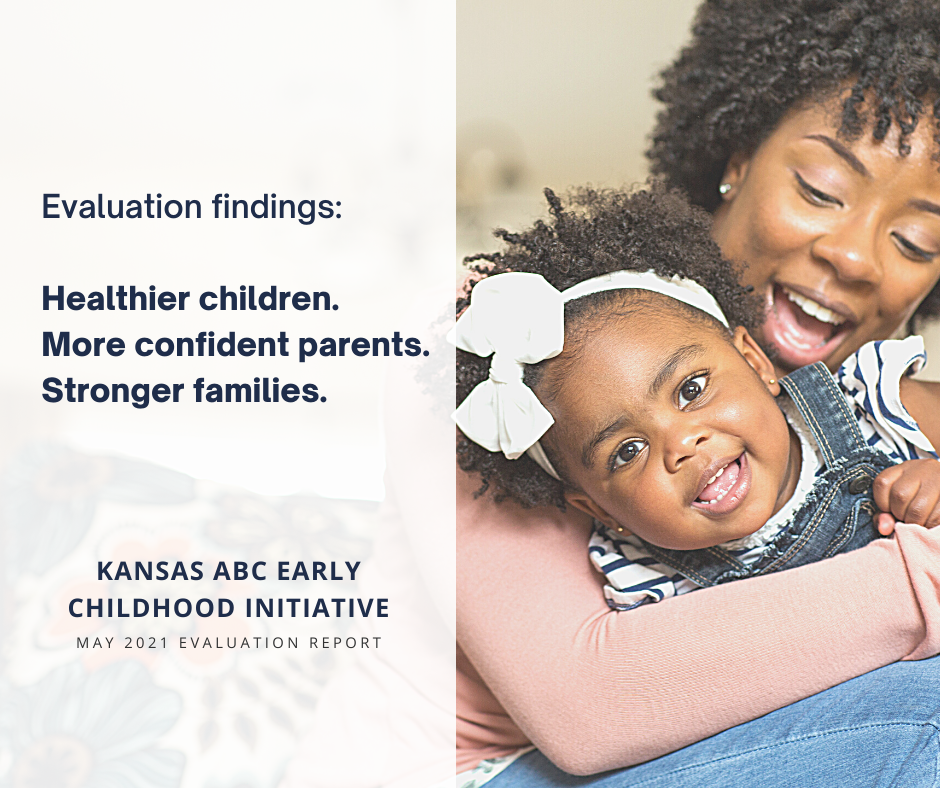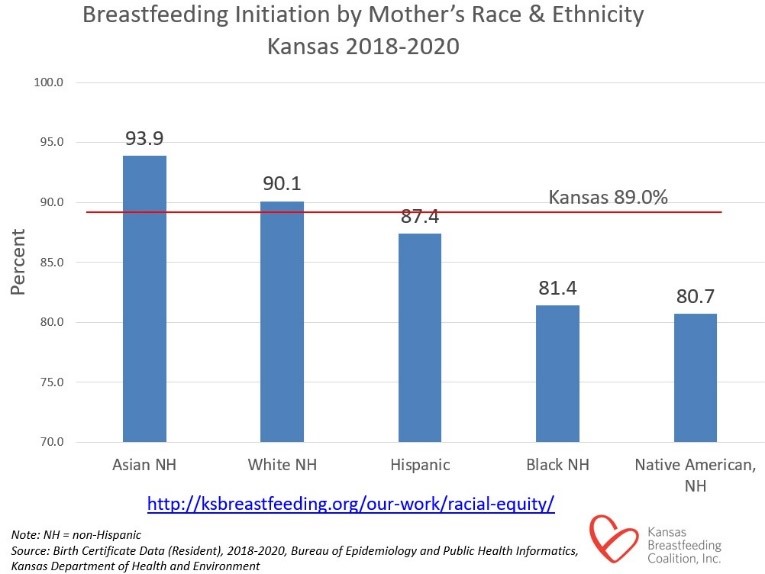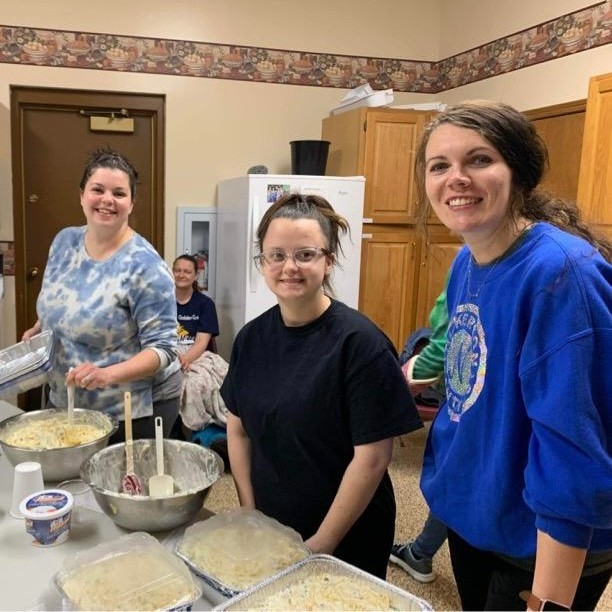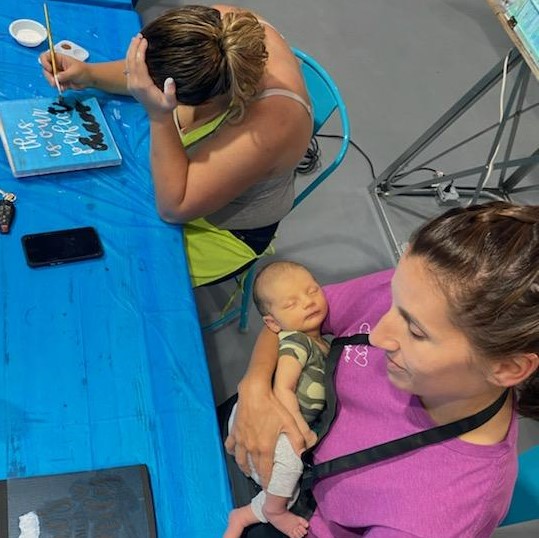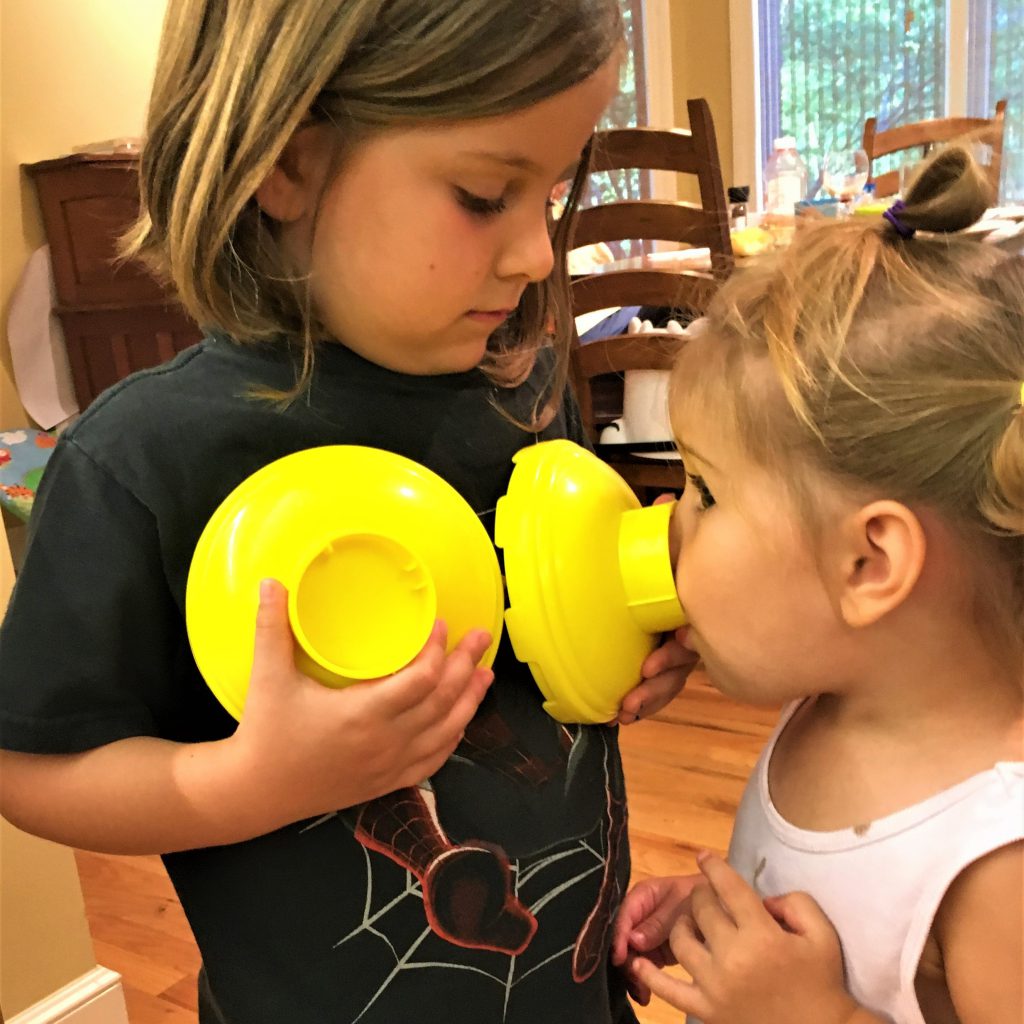This commentary originally ran in the Kansas Reflector on August 30, 2022. About the authors: Dr. Tiffany Anderson, superintendent of Topeka USD 501, and Dr. Shannon Portillo, associate dean and professor at the University of Kansas, served as co-chairs of the Governor’s Commission on Racial Equity and Justice; David Jordan, president and CEO of the United Methodist Health Ministry Fund, chaired the subcommittee on health care.
All Kansas kids deserve a high-quality education.
The Governor’s Commission on Racial Equity and Justice examined how we can ensure greater equity in educational opportunities to set families up for success. Our work found that a culturally competent and diverse teaching workforce is a critical component in addressing equity in education and providing a high-quality education.
We have a significant racial and ethnic disparity in teacher diversity. In Kansas, 90% of public school teachers are white and non-Hispanic. As of 2020, just 66% of Kansas children under 18 are white and non-Hispanic.
Over the past 20 years, the Kansas population has grown more diverse, and that trend is expected to continue. In 2016, non-Hispanic whites made up 77.5% of the state population, a more than 6 percentage point dip compared with 2000. In fact, all population growth in that time was among minority populations. In the next 40 years, it’s predicted that Kansas will become a majority, minority state, meaning no group will make up more than 50% of the population.
As the demographics of Kansas change and become more diverse, it is more important than ever that our teacher diversity reflect the communities served, which is why the commission’s final report included recommendations for recruiting and retaining a diverse teacher workforce.
When students have teachers who look like them, it can increase their chances of succeeding academically. According to one longitudinal study, Black students who had at least one Black teacher in grades K-3 were 13% more likely to graduate from high school than their same-school, same-race peers.
Exposure to other backgrounds and cultures prepares students to live, work and serve in a culturally diverse society. Diversifying classrooms benefits students cognitively, emotionally, and socially.
According to a report by the United States Department of Education: “Diversity decreases at multiple points across the teacher pipeline in which teachers progress though postsecondary education, teacher preparation programs, and retention.” The report showed that nationally there’s less diversity among college graduates than high school graduates, most education majors are white, and degree completion is lower for Black and Hispanic students.
We need to change our approach to teacher education and retention if we want the benefits of a more diverse teacher workforce.
We can look to Historically Black Colleges and Universities (HBCUs) for ideas on how to attract education majors of color; although HBCUs comprise 3% of four-year colleges, their graduates include half of Black public school teachers.
Teachers of color often join the workforce through nontraditional routes. However, traditional student teaching programs require candidates to teach full days in schools for months without pay, which creates an economic hardship when a student also works while student teaching or has caregiving responsibilities.
To improve recruitment, we should increase flexibility in student teaching programs for nontraditional students who must work and student teach. This could include approaches such as updating student teaching models or providing work-study assistance to student teachers. We should ensure that policies at higher education institutions can be adapted for education students who have outside jobs, families or limited financial resources.
Kansas should encourage expansion of grow-your-own teacher programs that recruit and train school staff or community members to become educators. Recruitment from our own communities will ensure that local educators reflect their community’s diversity within schools, while also hiring individuals who have a deep understanding of local neighborhoods. School districts should incentivize teachers and staff to live in the district.
We should ensure that school districts that have greater needs receive equitable resources. Kansas should examine options to assist districts with large numbers of at-risk populations as measured by race, ethnicity and economics. Reducing class sizes, providing mentors to new teachers, fully funding special education and providing social-emotional staffing support to these districts could improve students’ classroom experience and teacher retention.
Every child deserves a learning environment where they feel welcome. School districts should create clear policies that address diversity, equity, and inclusion to support and protect diversity among students, teachers and staff.
To encourage greater diversity in our teacher workforce, we must be intentional. Let your school board, legislators and the Kansas Board of Regents know these issues are important to you and encourage them to act.
About this series
In June 2020, Gov. Laura Kelly signed Executive Order 20-48, forming the Governor’s Commission on Racial Equity and Justice. The Commission studied issues of racial equity and justice across systems in Kansas, focusing first on policing and law enforcement and then on economic systems, education, and health care. The Commission developed recommendations for state agencies, the Legislature, and local governments. Through the end of 2022, commissioners will dig deeper into the recommendations in a monthly series.
Related resources
Governor’s Commission on Racial Equity and Justice reports
Governor’s Commission on Racial Equity and Justice webinar series
2022 opinion series on commission recommendations
